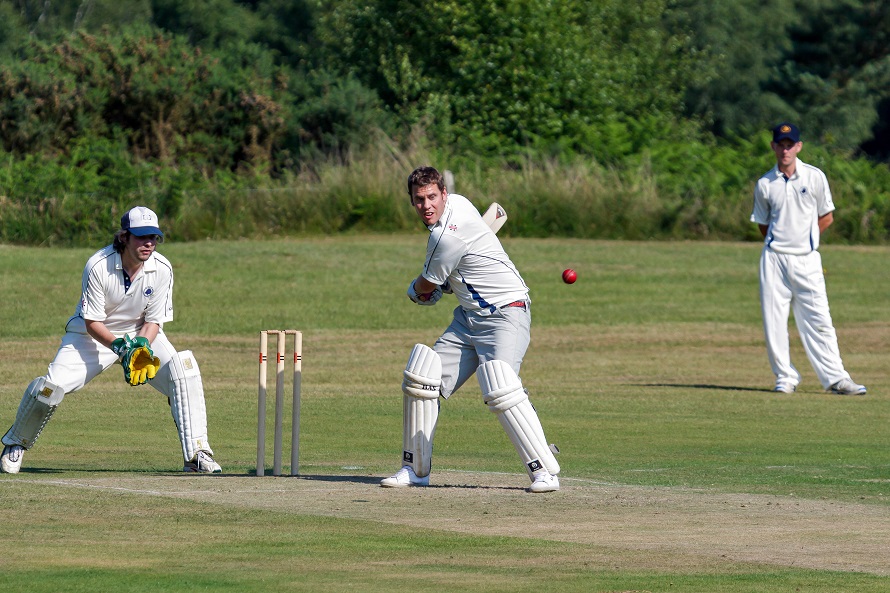Cricket is a popular sport played around the world, particularly in countries like Australia, England, and India. It is a game that requires skill, strategy, and athleticism, and it can be enjoyed by players and spectators of all ages. If you are new to cricket and want to learn more about the game, this beginner’s guide will provide you with a basic understanding of its fundamentals.
The most basic aspect of cricket is the pitch, which is a rectangular strip of grass where the game is played. At each end of the pitch is a set of wickets, which are made up of three stumps and two bails. The wickets are used by the bowler (a player who throws the ball) to try and get the batsman (a player who hits the ball) out.
The bowler delivers the ball to the batsman, who tries to hit it as far as possible. The fielding team (the team that is not batting) tries to catch the ball or hit the wickets with it in order to get the batsman out. There are various ways in which a batsman can be dismissed, such as being caught out, bowled out, or stumped out.
Cricket is a game that is played over a set number of overs, which are units of six balls. At the end of each over, the fielding team rotates the positions of its players and a new bowler delivers the next over. The team that scores the most runs (points) over the course of the game is declared the winner.
There are two main types of cricket: Test cricket and limited overs cricket. Test cricket is a longer form of the game that is played over a period of five days, with each team allowed to bat twice. Limited overs cricket is a shorter form of the game that is played over a set number of overs, usually between 20 and 50.
Cricket is a complex sport with a rich history and many different variations. However, understanding the basic rules and fundamentals of the game can help you get started and enjoy watching or playing cricket. Whether you are a beginner or an experienced player, there is always more to learn about this exciting and challenging sport.
